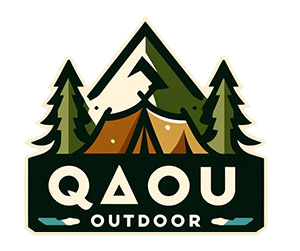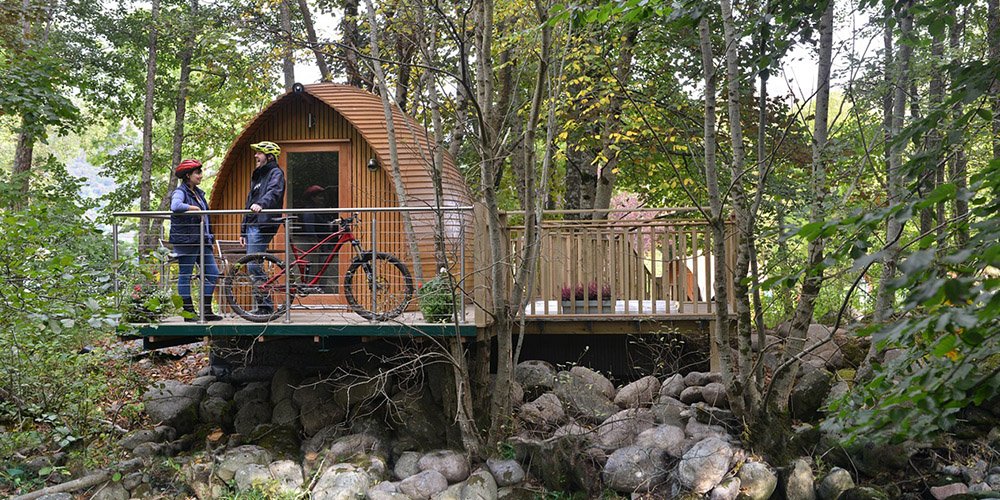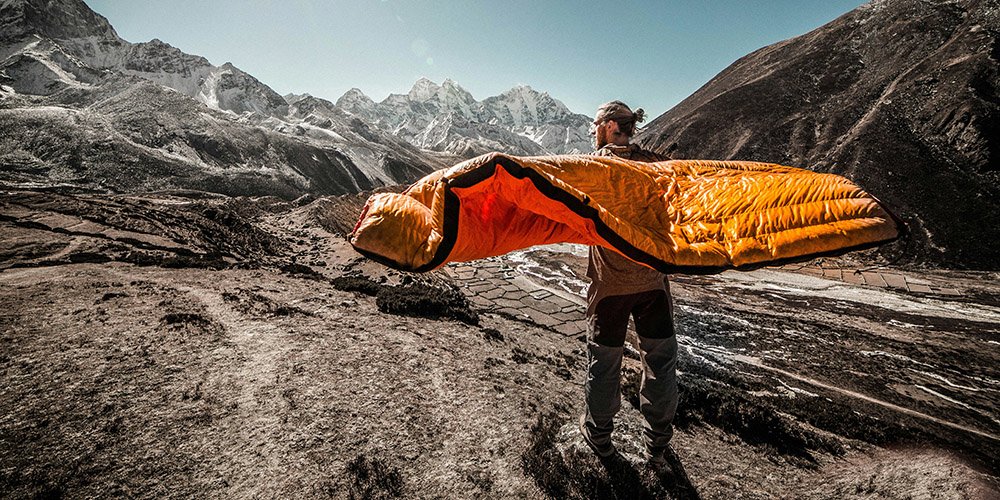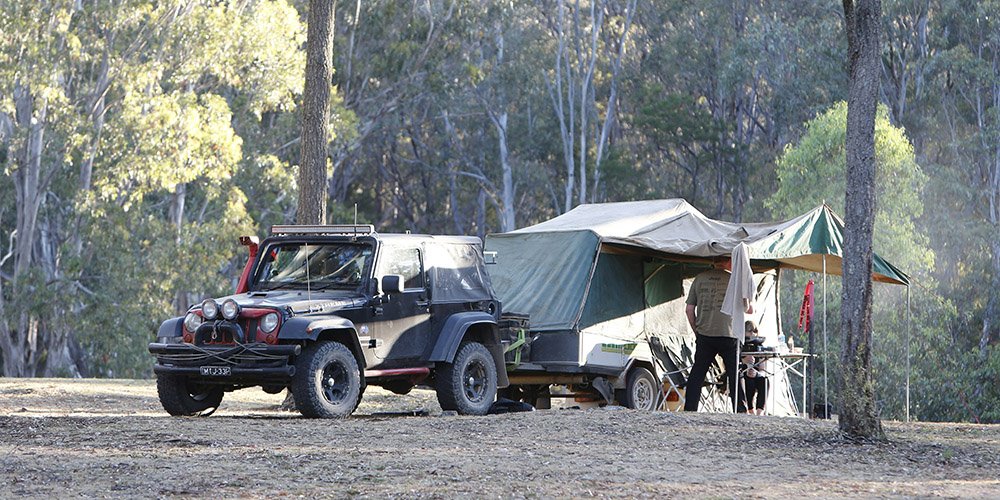Glamping vs. Camping: What’s The Difference and Which is Right for You?
Camping has long been a favorite way to reconnect with nature, offering an escape from modern conveniences to enjoy a simpler, more rugged experience. In recent years, however, a new trend has emerged: glamping. Combining glamour and camping, glamping caters to those who crave outdoor adventures without sacrificing luxury. This guide explores the key differences between these two styles of outdoor living, helping you decide which one suits your preferences and needs.
What is Glamping?
Glamping, short for “glamorous camping,” redefines the outdoor experience by blending the charm of nature with the comforts of modern living. Unlike traditional camping, which requires setting up tents and sleeping on the ground, glamping offers fully equipped accommodations designed for relaxation and convenience.
Popular glamping setups include:
- Yurts: Circular, tent-like structures with solid flooring, heating, and stylish furnishings. Originating from Central Asia, yurts provide a cozy yet spacious environment for glampers.
- Safari Tents: Large canvas tents equipped with real beds, furniture, and sometimes even en-suite bathrooms. These tents mimic the luxury of African safari lodges.
- Treehouses: Elevated structures nestled among treetops, often with balconies and panoramic views. Treehouses combine adventure with comfort, making them a favorite among families and couples.
- Domes and Cabins: Architecturally unique accommodations featuring amenities such as climate control, private kitchens, and large windows for stargazing.
Glamping appeals to those who love the idea of being surrounded by nature but prefer not to give up creature comforts like soft beds, electricity, and running water.
Also read: What is Stealth Camping?
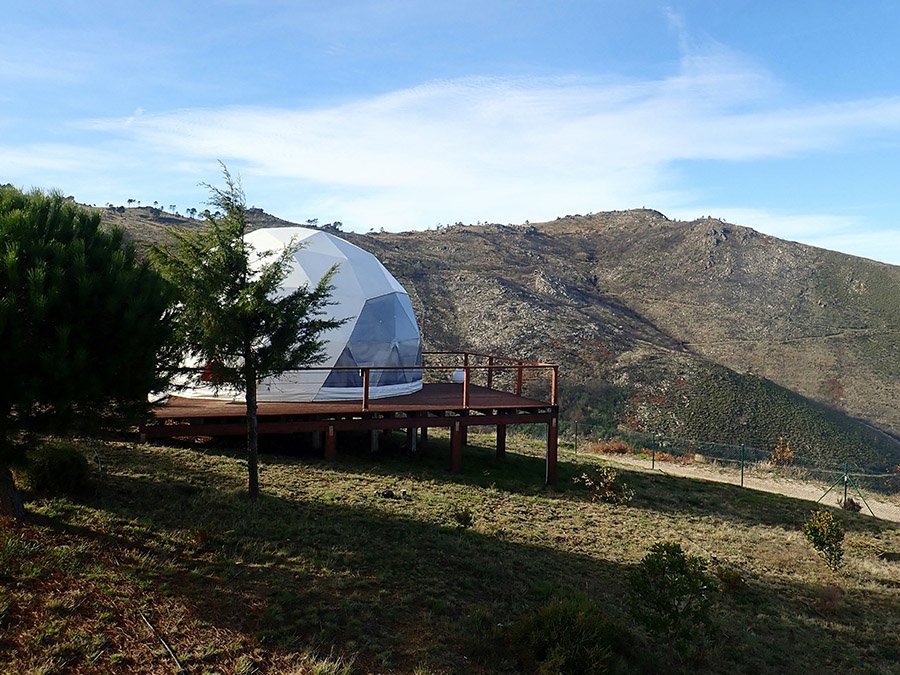
Historical Context
Origins of Camping
The tradition of camping dates back to the late 19th and early 20th centuries when people sought recreational escapes from urban life. Early camping emphasized simplicity and self-reliance, requiring participants to carry basic gear and rely on natural resources for shelter and sustenance. Organizations like the Boy Scouts popularized camping as a way to learn survival skills and foster a connection with the wilderness.
Emergence of Glamping
Glamping emerged in the early 2000s, driven by a growing desire for outdoor experiences that don’t compromise comfort. The concept was inspired by luxurious safari accommodations in Africa, where travelers enjoyed the wilderness without sacrificing amenities. Today, glamping has evolved into a global phenomenon, offering a diverse range of experiences—from eco-friendly retreats to high-end wilderness lodges—catering to all tastes and budgets.
Accommodation Types
Camping
Traditional camping accommodations are minimalist and require personal effort to set up. Common options include:
- Tents: Lightweight and portable, tents are a staple of camping. They come in various sizes and designs, from basic pop-up models to advanced four-season options.
- Hammocks: A popular choice for minimalist adventurers, hammocks are lightweight, easy to pack, and ideal for forested areas.
- Basic Shelters: Includes tarp setups or lean-tos constructed from natural materials. These options are favored by survivalists seeking an immersive experience.
Camping accommodations are often located in public campgrounds, national parks, or remote backcountry areas, offering a more rugged and hands-on approach to outdoor living.
Glamping
In contrast, glamping accommodations are designed for ease and luxury. Examples include:
- Pre-Erected Tents: Spacious tents furnished with beds, rugs, and even chandeliers.
- Unique Structures: From glass igloos in Arctic regions to luxury treehouses with private hot tubs.
- Eco-Lodges: Environmentally conscious setups featuring renewable energy sources and sustainable materials.
These accommodations are typically found in private resorts or specialized glamping sites, making them more accessible and hassle-free.
Comfort and Amenities
Camping
Camping prioritizes simplicity, with amenities kept to a minimum. Typical features include:
- Sleeping Arrangements: Sleeping bags, foam pads, or inflatable mattresses laid directly on the ground.
- Cooking Facilities: Campfires, portable stoves, or grills are used for preparing meals, often requiring basic cooking skills.
- Facilities: Campgrounds may offer communal restrooms, or campers may rely on nature for hygiene needs.
While rewarding, camping requires a level of self-sufficiency and adaptability, especially in remote areas.
Glamping
Glamping reimagines outdoor living with an emphasis on comfort and convenience. Common amenities include:
- Sleeping Arrangements: Plush beds with high-thread-count linens, memory foam mattresses, and cozy duvets.
- Cooking Options: On-site dining services, gourmet meals prepared by chefs, or fully equipped private kitchens.
- Facilities: Private bathrooms with hot showers, climate control systems, and even Wi-Fi connectivity.
These features create a hotel-like experience in a natural setting, catering to those who value relaxation and indulgence.
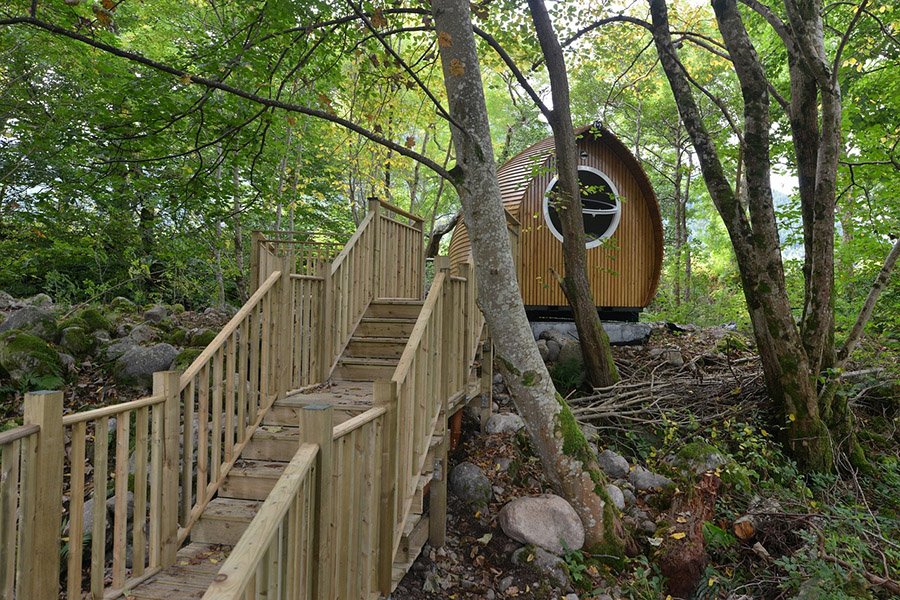
Cost Considerations
Camping
Camping is one of the most budget-friendly ways to enjoy the outdoors. Costs are generally limited to:
- Gear: Tents, sleeping bags, cooking equipment, and other essentials.
- Campsite Fees: Public campgrounds typically charge minimal fees, with some offering free primitive sites.
Glamping
Glamping, on the other hand, can be significantly more expensive due to its upscale offerings. Expenses may include:
- Nightly Rates: Comparable to hotel prices, especially for luxury setups.
- Additional Services: Spa treatments, guided tours, or premium dining experiences.
Accessibility and Convenience
Camping
Camping requires preparation and a degree of outdoor proficiency. Campers must pack gear, set up accommodations, and manage activities like cooking and cleaning. It’s ideal for those who enjoy hands-on experiences and don’t mind physical effort.
Glamping
Glamping eliminates much of the work associated with outdoor living. Accommodations are ready to use, and many sites offer additional conveniences like parking assistance and pre-arranged activities. This makes it an excellent choice for beginners, families, or those with limited mobility.
Environmental Impact
Camping
When done responsibly, camping has a low environmental impact. Adhering to Leave No Trace principles—such as packing out trash, minimizing campfire use, and respecting wildlife—helps preserve natural areas.
Glamping
Glamping operations often have a larger footprint due to permanent structures and amenities. However, many providers prioritize sustainability by incorporating eco-friendly designs, renewable energy sources, and waste reduction practices.
Also read: Jeep Camping: Your Complete Guide

Social Experience
Camping
Camping fosters a communal atmosphere, with shared activities like:
- Building campfires and roasting marshmallows.
- Group hikes and exploration.
- Stargazing and storytelling under the open sky.
Glamping
Glamping offers a more private and curated experience. Guests can enjoy:
- Exclusive guided tours tailored to their interests.
- Relaxation activities like yoga sessions or spa treatments.
- Romantic settings perfect for couples seeking seclusion.
Choosing Between Glamping and Camping
Personal Preferences
Consider your comfort needs and desired level of immersion in nature. Camping appeals to those who thrive on simplicity and adventure, while glamping is perfect for those who want to unwind in luxury.
Experience Level
Camping suits seasoned outdoor enthusiasts or individuals eager to develop survival skills. Glamping, by contrast, is accessible to all, regardless of experience.
Purpose of Trip
- Opt for camping if you’re seeking adventure, skill-building, or a budget-friendly getaway.
- Choose glamping for relaxation, indulgence, or a special occasion like a honeymoon or family celebration.
Conclusion
Camping and glamping each offer unique ways to connect with nature. Whether you’re drawn to the rugged simplicity of traditional camping or the upscale allure of glamping, both options provide memorable experiences. By understanding their differences, you can plan an outdoor adventure that aligns perfectly with your style and preferences, ensuring a fulfilling journey into the great outdoors.
